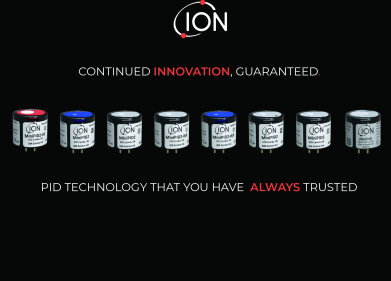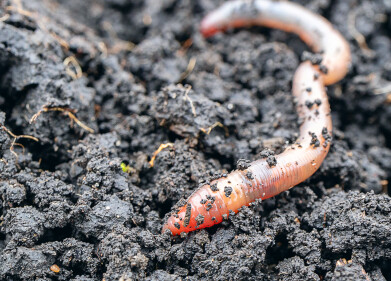Environmental Laboratory
CVAF - An Extremely Sensitive Technology for Mercury Measurement with Zero S02 Interference
Sep 08 2020
What does CVAF mean? What makes it a superior and unparalleled technology for mercury monitoring systems? This article answers these and many other questions about CVAF, Gasmet’s mercury monitoring technology.
What does the abbreviation CVAF mean?
CVAF stands for Cold Vapor Atomic Fluorescence. It is an extremely sensitive and selective measurement principle for the measurement of trace mercury levels.
How does CVAF in Mercury Monitoring work?
CVAF measurement principle is explained below via the main parts of the mercury analyser.
- Mercury vapor lamp: Lamp acts as a UV light source. Lamp emits UV light at a wavelength specific for mercury. The light is directed to the sample cell.
- Sample cell: Mercury atoms in sample gas are excited by UV light. The excited atoms then start to re-radiate the absorbed energy (fluorescence).
- Photon-counting detector: Fluorescence light is detected by a photon-counting detector, mounted at 90° to the UV lamp.
The UV detector does not see the light from the lamp, because of the 90° measurement geometry and light traps for stray light. The only signal picked up by the detector is the fluorescent light coming from the mercury atoms in the sample gas.
How are cross-interferences handled and is there any interference from SO2?
The cross-interference effects are eliminated by the use of the Atomic Fluorescence measurement principle. Other UV absorbing gases such as SO2 do not interfere with CVAF measurement technique as the light source is selective to mercury, which means that only the fluorescent light from the mercury atoms in the sample gas are detected.
The CMM system has been used in mercury monitoring in a sulphuric acid production process with 5–10 vol-% SO2 present, and even in this extreme gas matrix the SO2 interference does not affect the results.
CVAF or CVAA?
In comparison with the CVAA (Cold Vapor Atomic Absorption) measurement technique, the atomic fluorescence used in Gasmet’s systems offer superior sensitivity and reduced cross-interference effects, thanks to the very specific nature of the fluorescence effect.
This is a particular advantage in applications where the concentration of mercury is low and the concentration of other UV absorbing gases such as SO2 is high. CVAF is therefore the best technology for example for coal-fired power plants and cement kilns.
What are the key advantages of CVAF?
- The most accurate, sensitive and selective technique on the market:
- The Cold Vapor Atomic Fluorescence technique is an extremely selective technique with a high sensitivity, which ensures accurate measurement of extremely low mercury levels.
- Future-proof technique → the world’s lowest EN 15267 certified range: Gasmet CMM system has successfully completed the EN 15267-3 testing with the world’s lowest EN 15267 certified range (0 to 5 µg/m3) for continuous mercury measurement. This new world record makes our CMM future-proof for declining emission limits.
Read the full article on Gasmet’s website.
Digital Edition
IET 34.2 March 2024
April 2024
Gas Detection - Biogas batch fermentation system for laboratory use with automatic gas analysis in real time Water/Wastewater - Upcycling sensors for sustainable nature management - Prist...
View all digital editions
Events
May 13 2024 Munich, Germany
May 15 2024 Lund, Sweden
May 15 2024 Frankurt-am-Main, Germany
May 20 2024 Columbus, OH, USA
May 21 2024 Lagos, Nigeria


















